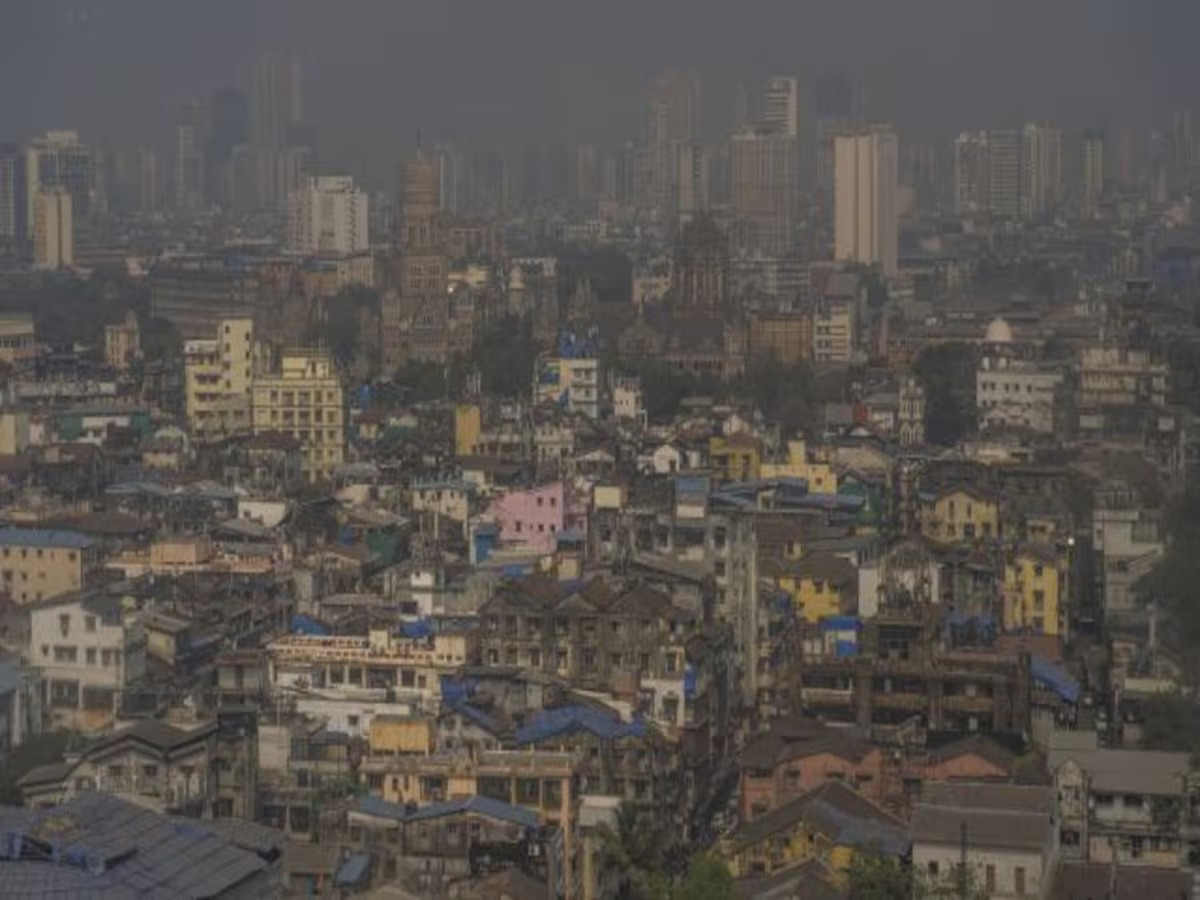
Mumbai, known for its sea breeze that has historically kept pollution levels in check, is now grappling with alarming air quality issues that seem to be worsening by the day. Typically, with the withdrawal of the monsoon and the onset of winter, north India experiences the onset of the smog season. However, Mumbai is now in the spotlight for its air quality surpassing even Delhi’s.
On Tuesday, the System of Air Quality Forecasting and Research (SAFAR) reported Mumbai’s Air Quality Index (AQI) at 113, but it escalated to 119 on Wednesday and further deteriorated to 166 on Thursday. This alarming smog led to reduced visibility and disruptions in local train services. A health advisory was even issued for the Chhatrapati Shivaji Terminus (CST) area, cautioning that prolonged outdoor exposure could lead to respiratory illness. For comparison, Delhi recorded AQI levels of 83, 115, and 108 on Tuesday, Wednesday, and Thursday, respectively. This concerning air quality trend isn’t a recent development. Mumbai’s air quality has been progressively declining since 2019. An analysis of the January-March quarter by Respirer Reports reveals a substantial increase in PM 2.5 levels, rising from 50.2 micrograms per cubic meter in 2019 to 80.6 micrograms per cubic meter in 2023, a 60.5 percent jump. The acceptable annual standard for PM 2.5 is 40 micrograms per cubic meter. A similar increase in PM 2.5 concentration was observed during the October-December quarter of 2022 compared to 2021.
The rising PM 2.5 levels directly impact the AQI, which measures air quality based on particulate matter concentration and other pollutants.
An AQI between zero and 50 is considered good, 51-100 is satisfactory, 200-300 is poor, 300-400 is very poor, and 400-500 is severe. In the first quarter of 2023, Mumbai experienced 27 days of poor air quality, a significant increase from just six in the same period in 2022. Worryingly, there were no days with good air quality in the first quarter of 2023.
Several factors contribute to this concerning trend. One crucial element is the slowdown of surface winds. Mumbai’s coastal location historically benefited from frequent wind reversals every three to four days, with speeds reaching up to 12-13 kmph.
This helped disperse air pollutants. However, recent years have seen wind speeds drop to below 4-5 kmph, causing pollutants to become trapped in the atmosphere.
Another significant contributor is vehicular emissions, accounting for 20 percent of total emissions in the city. Solid waste also plays a role, contributing 8 percent to total emissions.